“Sleep is simply not valued in our 24/7 society. We treat it as a luxury and it’s a necessity. If you sleep longer and better, you can be a better athlete overnight”
— Dr. James B. Maas
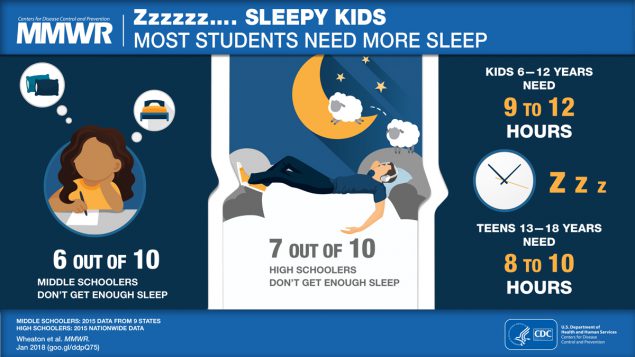
Sleep Info for Student Athletes
Sleep Info for Parents
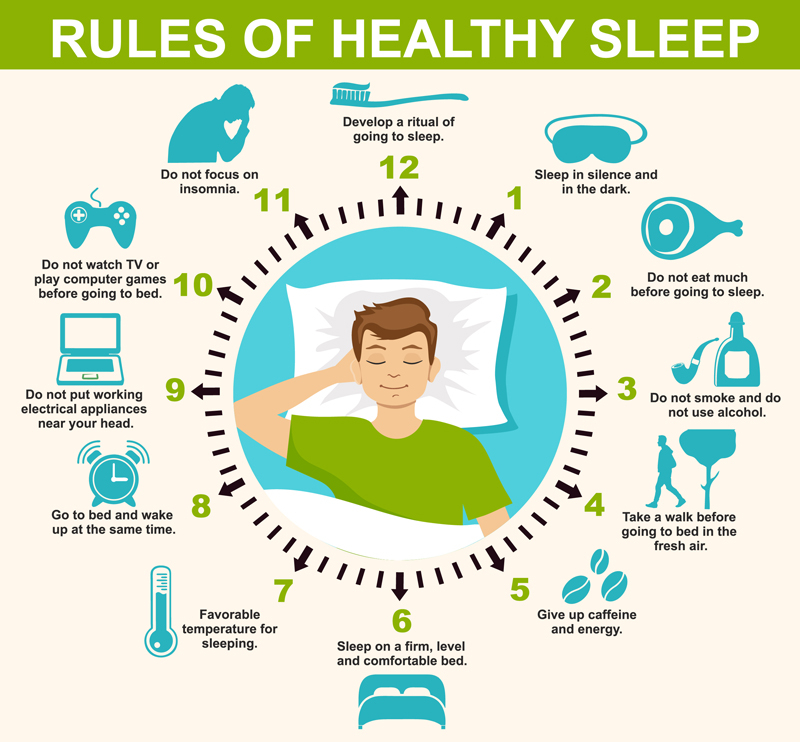
Sleep and Improved Performance
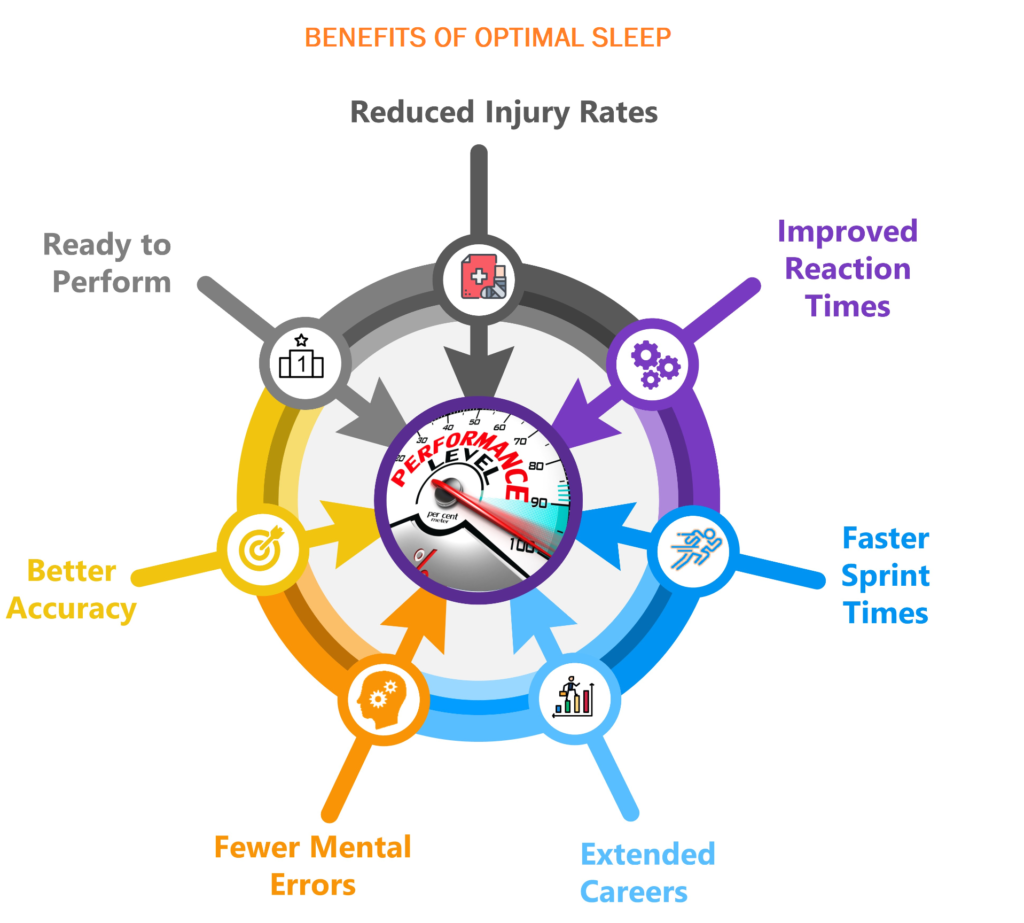
Try Tracking your sleep:
Apps: Sleep Cycle- Sleep Tracker & SleepScore Labs
Sleep DIary:
Sleep Cycles
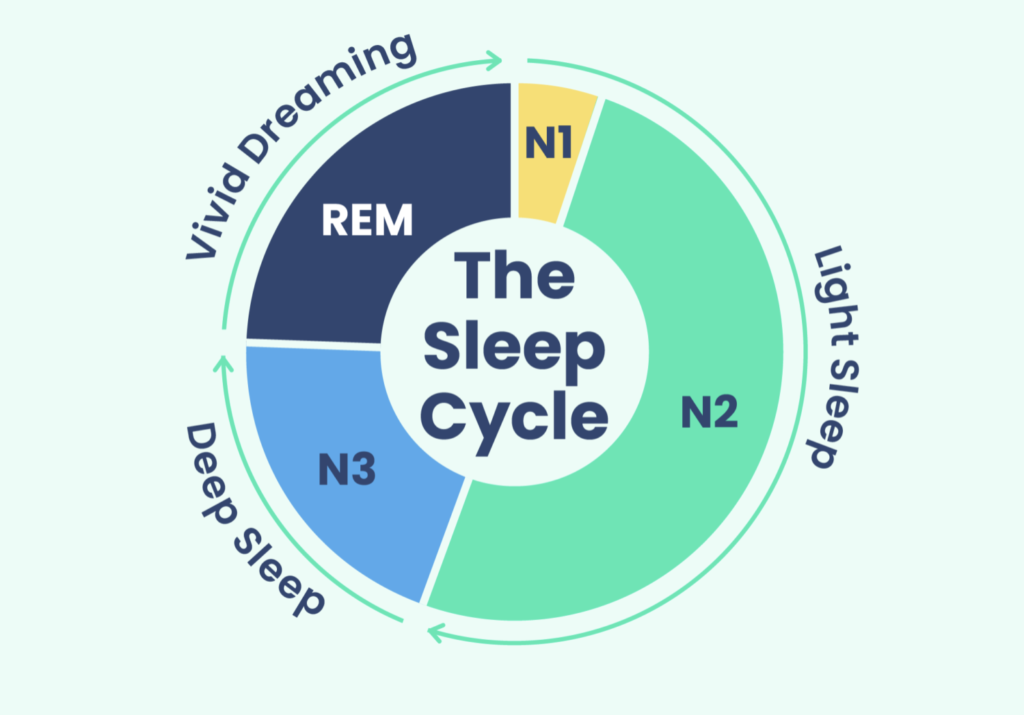
- Stage 1: This brief, drowsy stage marks the transition to sleep, when your breathing and heartbeat start to slow down.
- Stage 2: In this stage of light sleep, your breathing and heart rate slow even more. Your temperature drops, and your muscles relax. Stage 2 sleep lasts longer in each cycle throughout the night. About half of your total sleep every night is spent in this stage.
- Stage 3: Stage 3 sleep represents the deepest sleep of the sleep cycle, when brain waves are at their slowest in frequency and highest in amplitude.
- REM: As the name suggests, your eyes move quickly beneath your eyelids during REM sleep. Your brain activity is similar to that of a person who is awake. However, your muscles usually do not move. Experts believe most of our dreaming happens during REM sleep. 2
Deep Sleep (stage 3) What is it, and how much do you need?
Deep sleep, also called slow-wave sleep, occurs in the third stage of non-rapid eye movement (NREM) sleep. During deep sleep, electrical activity in the brain appears in long, slow waves called delta waves. These waves have a frequency of 0.5 to 2 Hertz1 and they must make up at least 6 seconds of a 30-second window for that period to be considered deep sleep.
Signs You May Not Be Getting Enough Deep Sleep:
- Feeling unrefreshed and drowsy
- Reduced alertness and attention
- Trouble learning and forming new memories
- Cravings for high-calorie food
Sleep Hygiene Practices
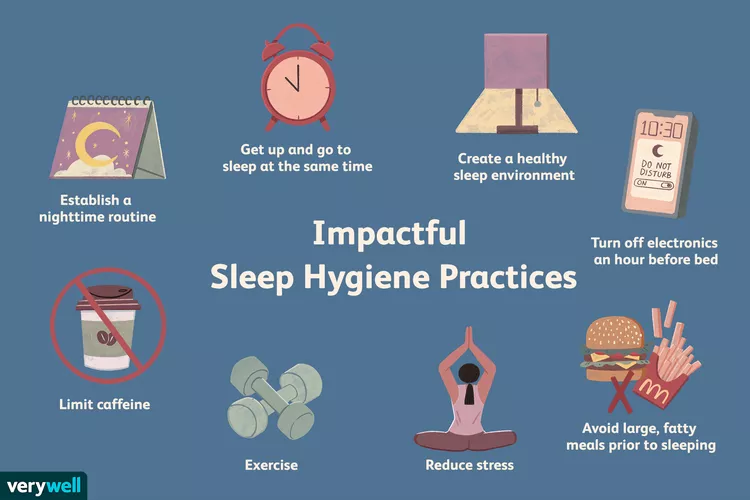
Sleep Disorders
Sleep disorders are conditions that affect sleep quality, timing, or duration and impact a person’s ability to properly function while they are awake. These disorders can undermine quality of life and contribute to other medical problems.
The most widely referenced source for classifying sleep disorders is the American Academy of Sleep Medicine’s International Classification of Sleep Disorders (ICSD). The ICSD lists 60 specific sleep disorders, each with its own set of triggers, symptoms, and physical and emotional effects.
Most sleep disorders can be characterized by one or more of the following four signs:
- Trouble falling or remaining asleep
- Difficulty staying awake during the day
- Sleep-wake cycle imbalances that interfere with a healthy sleep schedule
- Unusual behaviors during sleep
Any of these signs could indicate a sleep disorder. People who experience issues with sleep or daytime energy should consult with their doctor. 3
Click to learn more about Sleep Disorders.
- Insomnia
- Sleep Apnea
- Narcolepsy
- Restless Legs Syndrome
- Parasomnias
- Excessive Sleepiness
1Saletin, J. M. (2020). Memory: Necessary for deep sleep? Current Biology, 30(5), R234–R236. https://pubmed.ncbi.nlm.nih.gov/32155430/
2 Deep sleep: What it is and how much you need. Sleep Foundation. (2023, March 22). Retrieved April 12, 2023, from https://www.sleepfoundation.org/stages-of-sleep/deep-sleep#references-81902
3Sleep disorders – common types, symptoms, treatments. Sleep Foundation. (2022, May 16). Retrieved April 12, 2023, from https://www.sleepfoundation.org/sleep-disorders